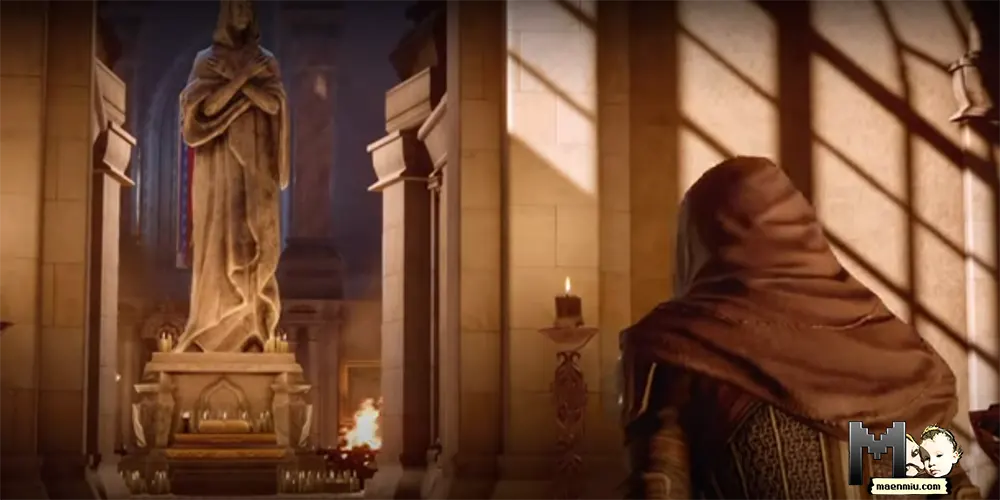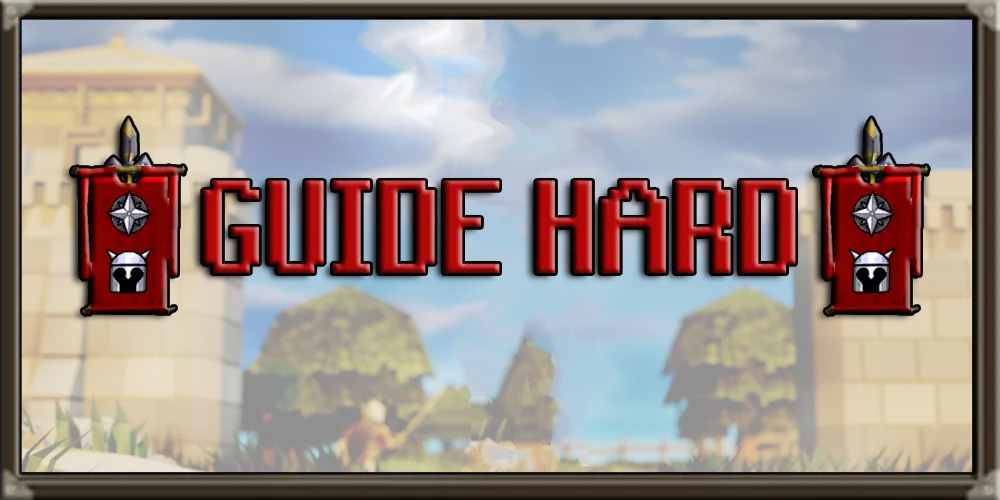
The world of fantasy is often a rich tapestry woven with threads of ancient myths, legends, and history. One of the most compelling examples of this intricate blend is found in the popular video game series “Dragon Age,” particularly in the story of Andraste, a prophet and central figure in the game’s lore. Her life and legend bear striking resemblance to the myth of Romulus and Remus, the legendary founders of Rome. The following comparison not only highlights the creative genius of the game’s creators but also speaks to the universal power and resilience of certain narratives within human culture.
You might like

Romulus and Remus: The Legend
The story of Romulus and Remus is one of the most famous myths in Roman history. According to legend, these twin brothers were the sons of Rhea Silvia and Mars, the god of war. Abandoned to die on the banks of the Tiber River, they were discovered and nursed by a she-wolf, who cared for them until a shepherd found them. Eventually, they founded the city of Rome, with Romulus killing Remus in a dispute and becoming the first king.
The Story of Andraste
In the “Dragon Age” universe, Andraste was a mortal prophet who spoke for the Maker, the world’s supreme deity. Her story, too, includes abandonment and divine intervention. Left to die after being betrayed by her husband, she was nursed back to health by a sacred animal. Her teachings and leadership would eventually form the cornerstone of the Chantry, the primary religious institution in the game’s world.
Abandonment and Rescue by a Sacred Animal
Both Romulus and Remus and Andraste were abandoned and left to die but were subsequently rescued by sacred animals. In the legend of Romulus and Remus, the she-wolf’s nurturing of the twins symbolizes strength and survival in the face of adversity. The she-wolf, a common representation of Rome itself, not only physically saves them but metaphorically connects them to the future strength of Rome.
In contrast, Andraste’s rescue by a sacred animal in the “Dragon Age” universe focuses more on divine intervention and destiny. While the specific sacred creature varies in interpretations, the theme is consistent: an animal guided by the divine rescues her, underscoring the idea that Andraste is chosen and protected by a higher power. This connection with a sacred animal aligns her with the spiritual realm, highlighting her status as a prophet.
Divine Connection
The theme of divine connection is central to both stories. Romulus and Remus, being the sons of Mars, the god of war, are directly connected to the divine lineage. This connection affords them a special status and ultimately a destiny to create a city that will become an empire.
Andraste’s connection to the divine is through her role as a prophet. Her communion with the Maker, the supreme deity in the “Dragon Age” universe, sets her apart from others. Her teachings, seen as divine wisdom, play a crucial role in shaping the spiritual landscape of the game’s world. Both of these connections to the divine serve as a catalyst for significant change within their respective universes.
Founding of a Great Institution
The founding of Rome by Romulus and the establishment of the Chantry by Andraste reflect the lasting impact of their actions. Rome, founded by Romulus after the tragic conflict with Remus, would grow to be one of history’s greatest empires. The myth not only explains the origin of the city but also imparts a sense of divine sanction to Rome’s imperial destiny.
Andraste’s influence in founding the Chantry, a powerful religious institution in the “Dragon Age” world, mirrors the creation of Rome. Her teachings, inspired by the Maker, set the doctrinal foundation for a religious movement that has immense cultural and political influence within the game’s universe.
Betrayal and Conflict
The tales of betrayal in both stories add layers of complexity and tragedy. Romulus’s killing of Remus over a dispute on the founding of Rome emphasizes the harsh realities of power and ambition. It also foreshadows the conflicts and political intrigue that would become synonymous with Roman history.
Andraste’s betrayal by her husband, leading to her capture and eventual execution, introduces a deeply personal conflict. It emphasizes themes of trust, love, and treachery, providing a poignant counterbalance to her divine mission. These betrayals, both personal and fraternal, infuse the stories with human emotions and moral dilemmas.
Human and Divine Intersection
The intersection between the human and divine in these tales serves to elevate the characters to epic status. Romulus and Remus’s lineage, coming from a human mother and divine father, represents a direct fusion of mortal and immortal worlds. This blend underlines the idea that Rome itself is both human and divine.
Andraste’s ability to communicate with the Maker and act as a prophet blurs the lines between human limitations and divine wisdom. Her role as an intermediary between the earthly and divine adds depth to the religious beliefs within the “Dragon Age” universe and gives her character a unique mystique.
Symbolism and Legacy
The symbols and legacies of these characters reach far beyond their individual stories. Romulus and Remus represent not just the founding of Rome but the virtues and vices that would come to symbolize the city and its empire. Their tale, embedded in history and myth, continues to inspire art, literature, and national identity.
Andraste’s legacy in “Dragon Age” is equally enduring. Her image is invoked as a symbol of faith, redemption, and resistance. The Chantry, based on her teachings, plays a central role in shaping social norms and political dynamics. Like the twins, Andraste’s story transcends the narrative, becoming a living symbol within the culture of the game’s world.
Conclusion
The comparison between the story of Andraste in “Dragon Age” and the legend of Romulus and Remus is not just an exercise in literary analysis. It reveals the enduring power of myths and legends, showing how they can be adapted, reshaped, and reimagined across different cultures and eras. Whether in ancient Rome or a fantastical game world, these narratives continue to resonate, touching on universal themes of abandonment, divine connection, betrayal, and legacy. They are a testament to the human imagination’s ability to create timeless stories that continue to inspire, entertain, and provoke thought across generations.
I created this article with the partial assistance of an AI tool. Learn about my view on AI and why I’m telling you about it.





















